háo, hé, mò
badger
Phonosemantic compound. 豸 represents the meaning and 各 represents the sound.
Evolution

Bronze script
Early Western Zhou (~1000 BC)
Seal script
Shuowen (~100 AD)
Clerical script
Qin dynasty (221-206 BC)Regular script
ModernDefinitions
Most common words with 貉
Freq. | Word | Meaning |
|---|---|---|
also pr. [háo] | ||
jackals of the same tribe (idiom); fig. They are all just as bad as each other. |
Sources
